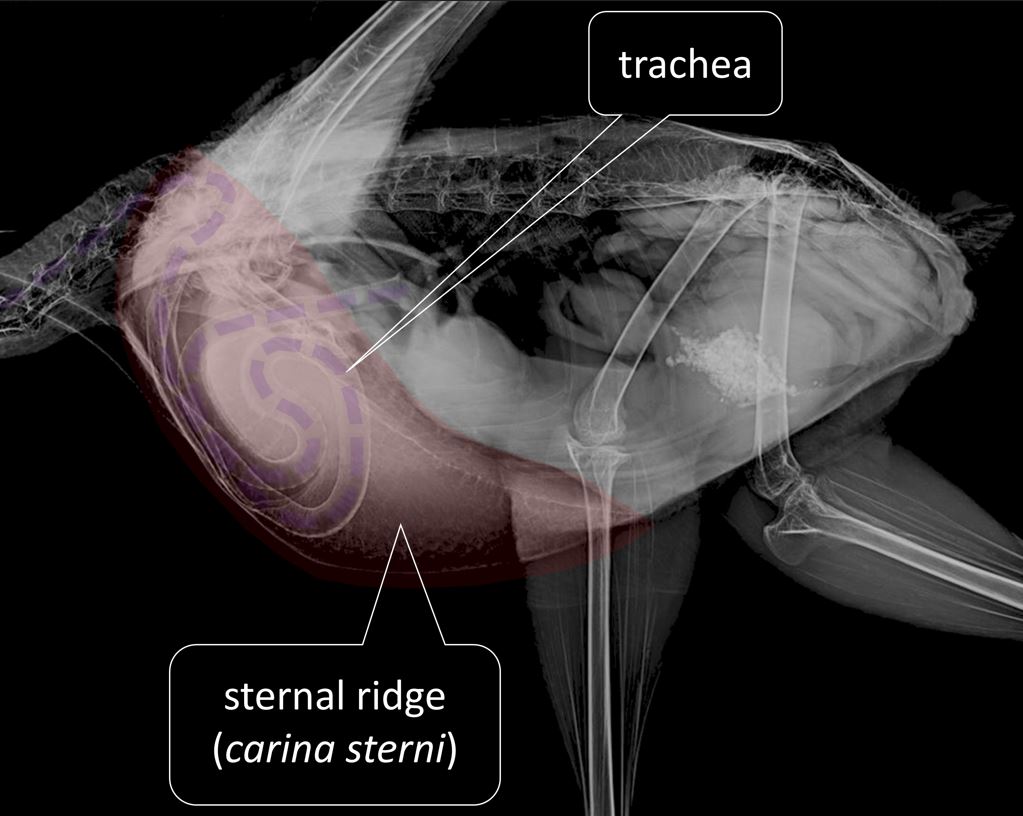The Hebrew name agur most likely refers to the Common Crane (Grus grus), which appears in Israel as a migratory and wintering bird. The word sounds similar but is linguistically unrelated to the poet or compiler of Proverbs, Agur (Prov 30:1). Another species, the Demoiselle Crane (Grus virgo), is now only rarely seen during stopovers.
In two verses, the crane is mentioned together with the swallow. The first verse refers to their behavior as migratory birds: “Even the stork in the sky knows her appointed seasons, and the dove, the swift, and the crane keep the time of their coming; but my people do not know the requirements of the LORD.” (Jer 8:7). They travel in large flocks that are easy to observe (and hear!). While groups from Scandinavia take the western route to reach Spain or North Africa, about 90,000 cranes from the Baltic states, Ukraine, and Russia migrate via Israel. Many of them find it so pleasant there that they spend the winter in Israel rather than continuing on to Africa.

The other verse (Isa 38:14) compares the cry of the birds to a heart-wrenching lament. The crane has a variety of calls and songs. The duet songs during breeding season are particularly beautiful—but they are likely rarely heard in Israel, unlike the loud trumpet calls they constantly emit as “flight calls” during migration. It sounds as if they are cheering each other on. The same calls are heard when a predator approaches the resting flock or when they call each other to gather and take off. These loud trumpet tones are possible because their windpipe can be up to 130 centimeters long, creating a large resonance chamber. Compared to human sounds, it resembles a cry of stunned horror!
Sources:
Gaunt, AJ; Gaunt, SLL; Prange, HD: The effects of tracheal coilling on the vocalizations of cranes. Journal of Comperative Physiology A 1987; 161:43-58; doi: 10.1007/BF00609454
Gebauer, A; Kaiser, M: Anmerkungen zur Lautentwicklung beim Grauen Kranich (Grus grus). Brandenburgische Umwelt Berichte (BUB) 1998; 3:25-33
Roberts, TS: The Convolution of the Trachea in the Sandhill and Whooping Cranes. The American Naturalist 1880; 14(2):108-114; https://www.jstor.org/stable/2449174
Image Credits:
Flying cranes / shutterstock_769473811.jpg / Sergey Uryadnikov

